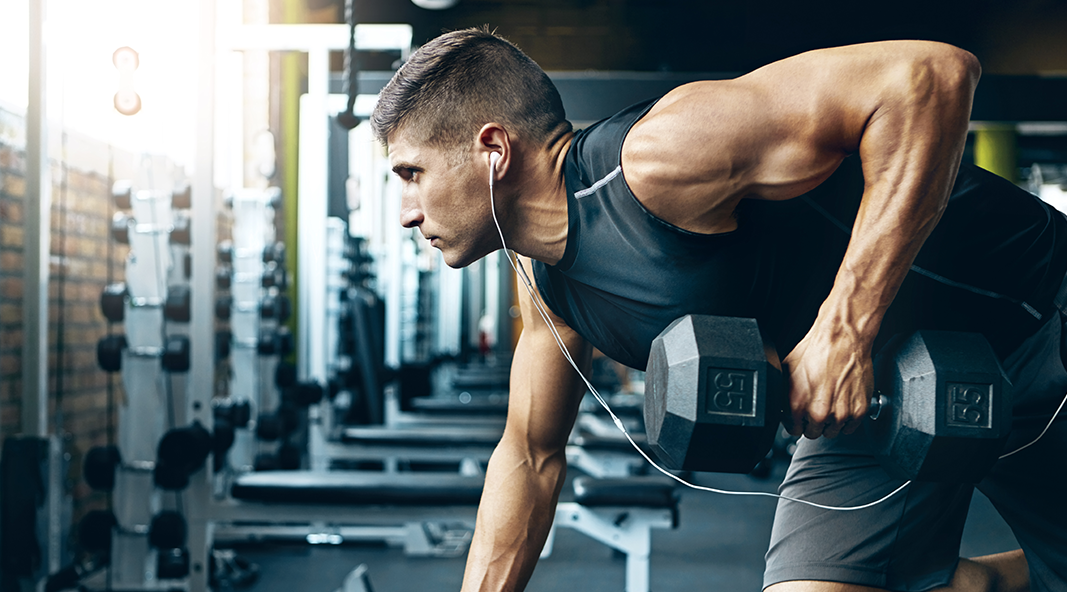
- by Anz
Biceps Tendon Injuries
Injury Overview The biceps is located on the front of the upper arm and is made up of two muscle units that originate from the shoulder and insert on a

- by Anz
Shoulder Arthritis
Injury Overview Shoulder arthritis is a relatively common condition in which the joint (ball and socket) becomes painful and dysfunctional as a result of wear and tear in the shoulder.
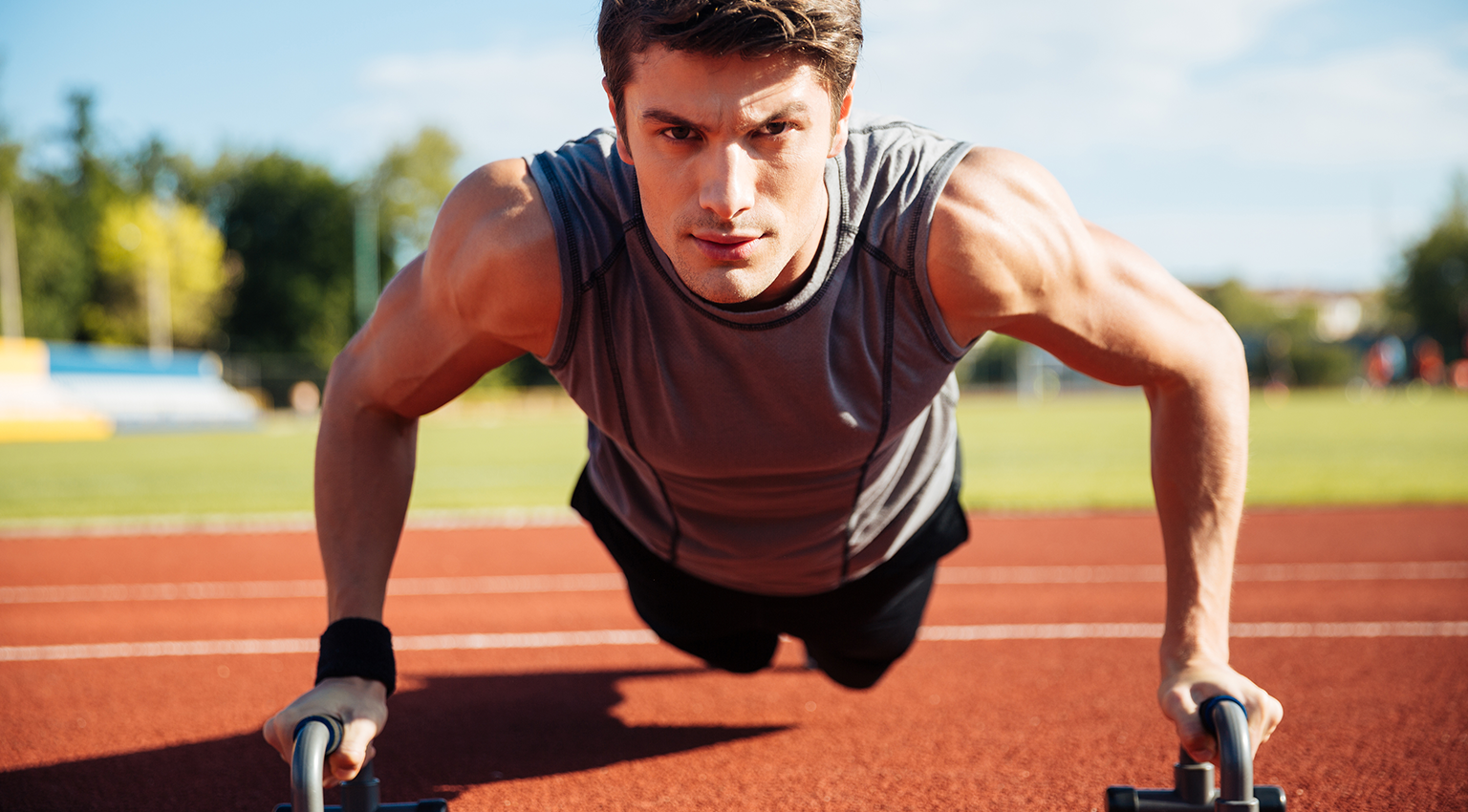
- by Anz
AC/CC Joint Injuries
Injury Overview Shoulder anatomy involves three bones and two important joints: the scapula (shoulder blade), the humerus (upper arm bone), and the clavicle (collarbone) are the bones of the shoulder.
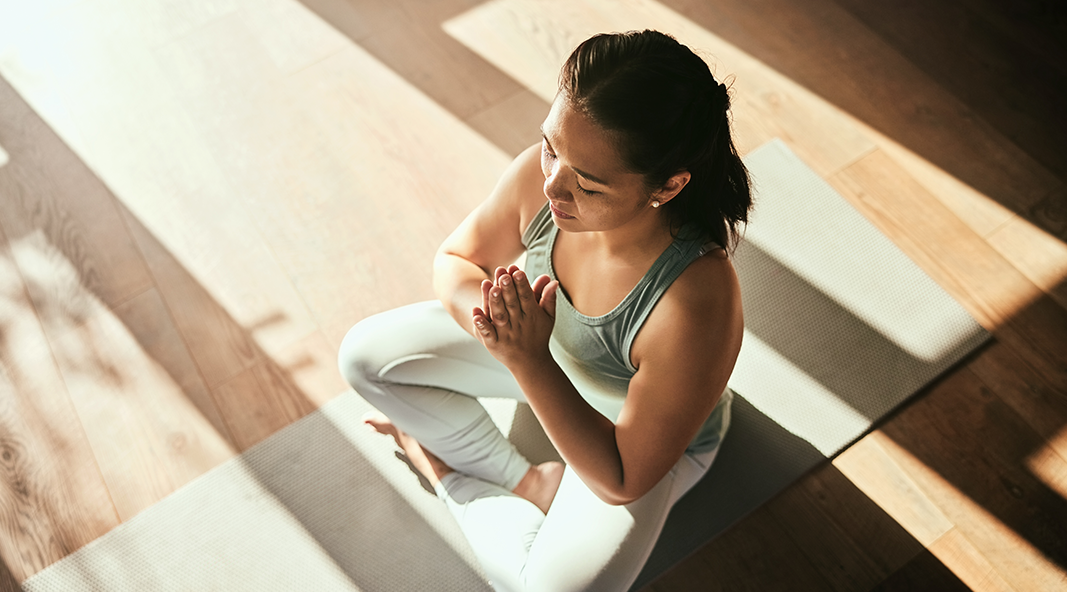
- by Anz
Trochanteric Bursitis and External Snapping Hip Syndrome
Injury Overview Bursal tissue is present in the body to decrease friction between two adjacent moving structures. When this tissue becomes irritated (or inflammed), the condition is known as bursitis.
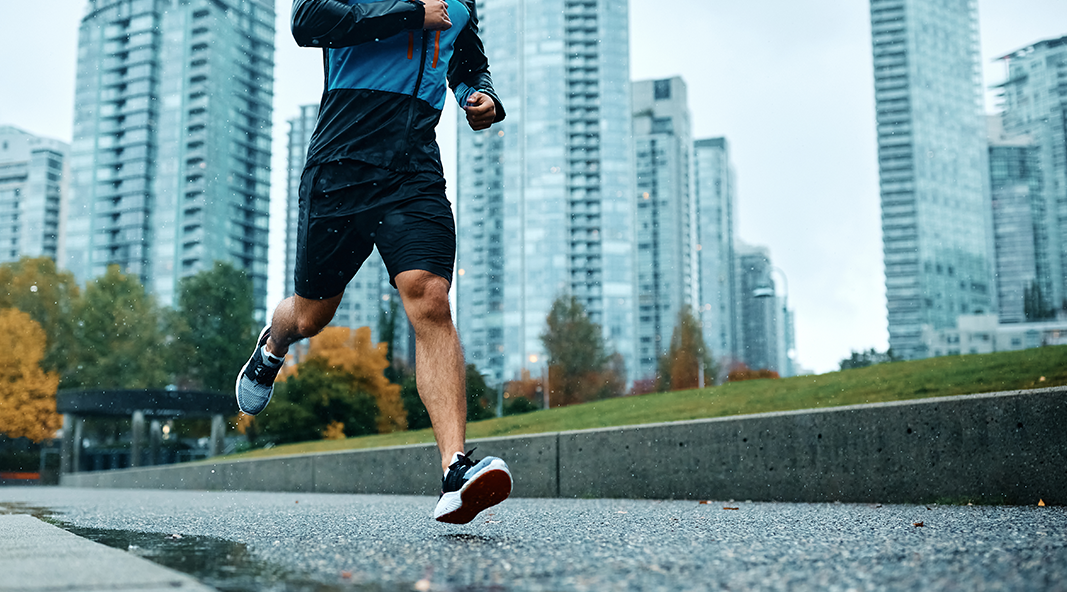
- by Anz
PVNS
Injury Overview Pigmented villonodular synovitis, or PVNS, is a disease caused by the abnormal growth of the hip joint’s lining tissue, known as the synovium. Excessive growth of this tissue

- by Anz
Internal Snapping Hip Syndrome/Psoas Impingement
Injury Overview A condition of the hip which can affect recreational and professional athletes alike is internal snapping hip syndrome. This syndrome is marked by snapping of the iliopsoas over

- by Anz
Loose Bodies
Injury Overview Sometimes structures can become dislodged and mobile inside a joint. When this occurs these structures are called loose bodies. Loose bodies can be made of bone, cartilage, or

- by Anz
Gluteus Medius/Minimus Tears
Injury Overview The gluteus muscles are a group of muscles that allow an individual to partake in rigorous activity such as running and jumping. These muscles are broad, strong muscles
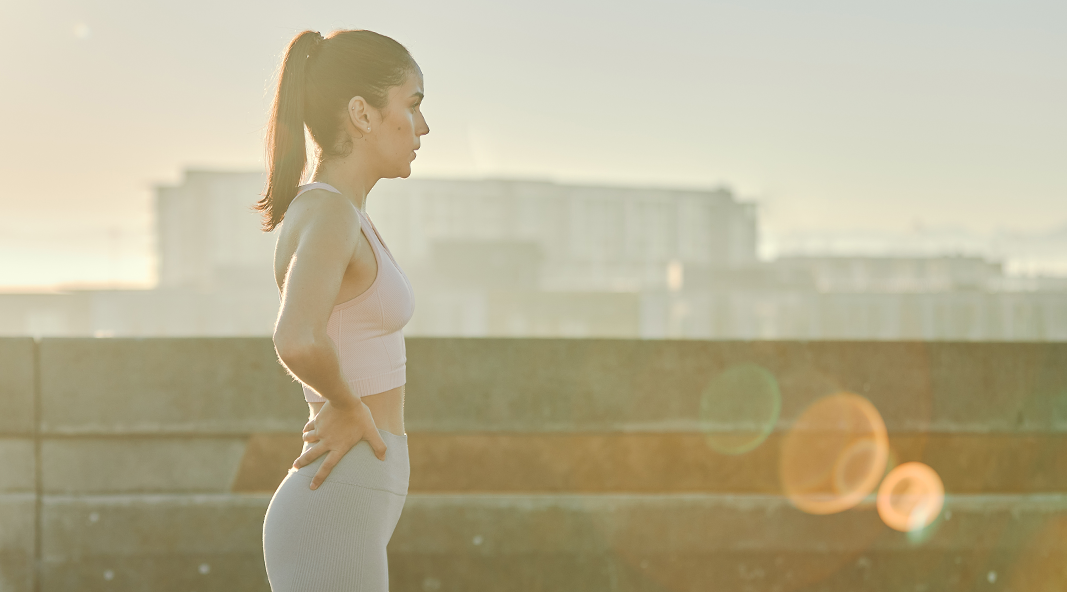
- by Anz
Femoroacetabular Impingement (FAI)
Injury Overview Femoroacetabular impingement (FAI) is a hip condition where the bones of the hip joint rub together in an abnormal way. This involves the femur, bone in the the

- by Anz
Chondral Defects of the Hip
Injury Overview: Articular cartilage is a smooth but firm tissue that lines the joints of the body and allows for a reduction in friction. This substance covers the ends of

- by Anz
PCL Knee Injuries
Injury Overview The PCL, or posterior cruciate ligament, is located inside the knee joint towards the back (or posterior aspect) of the knee. It is responsible for keeping the bone
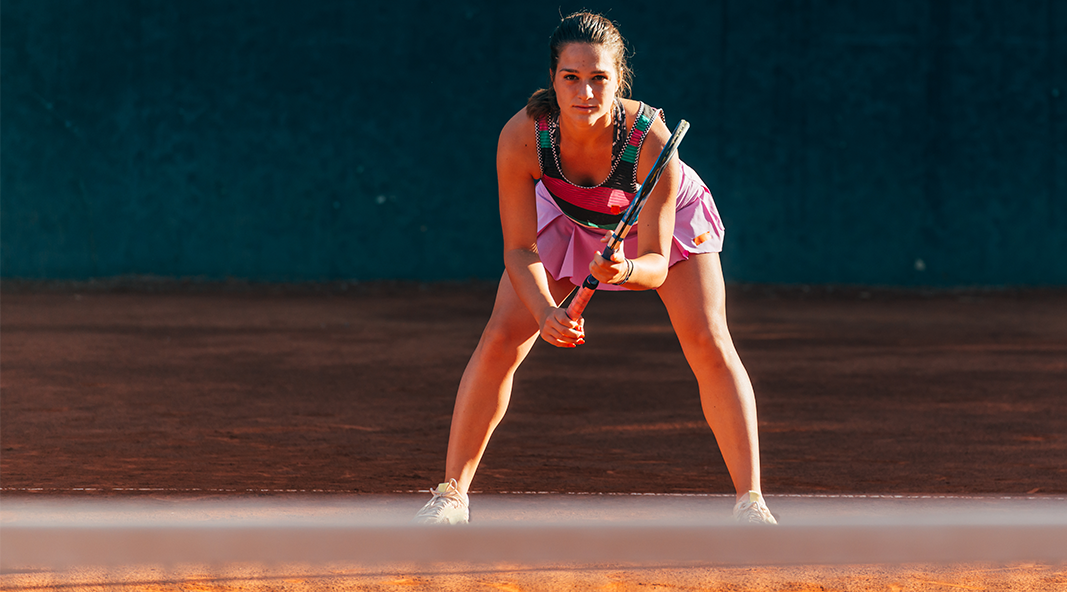
- by Anz
Multi-Ligament Knee Injuries
Injury Overview The knee is stabilized and is able to function properly because of four major ligaments which allow the knee to perform movements such as walking, pivoting, running, and
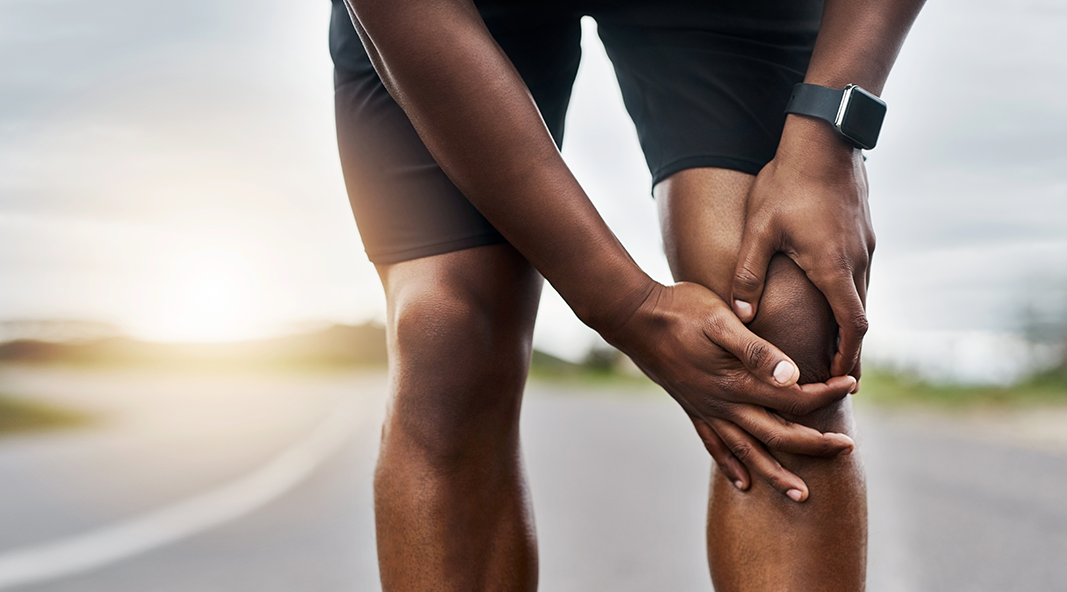
- by Anz
Knee Meniscus Injuries
Injury Overview The meniscus is a c-shaped cartilage that resides inside the knee joint. It is located between the cartilage ends of the femur and tibia and increases the surface
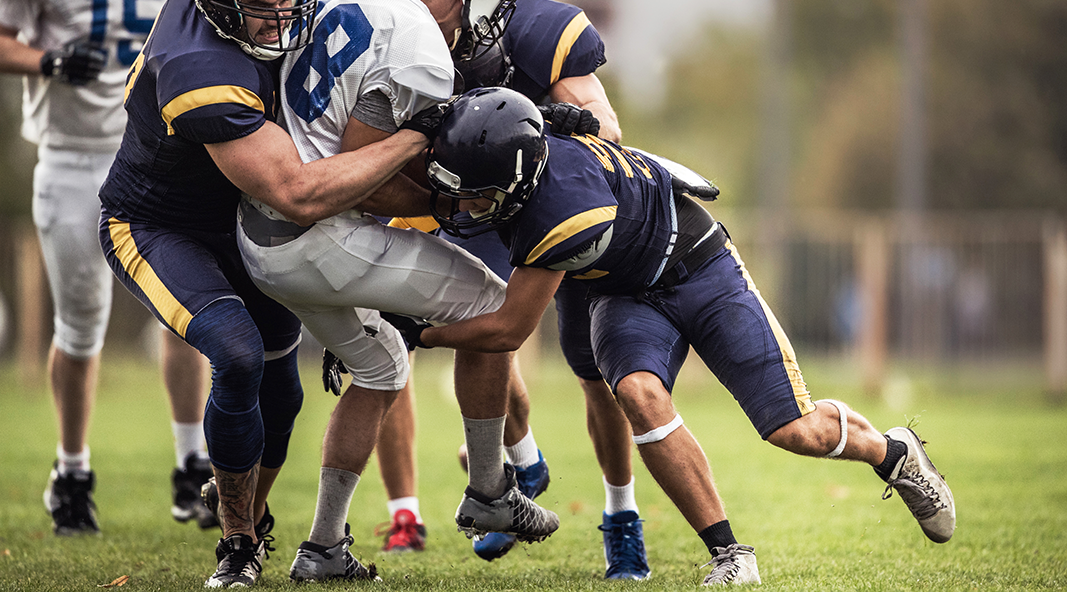
- by Anz
MCL Knee Injuries
Injury Overview The MCL is a ligament that links the shinbone (tibia) and thighbone (femur), and is located on the inner aspect of the knee. It is an extra-articular ligament
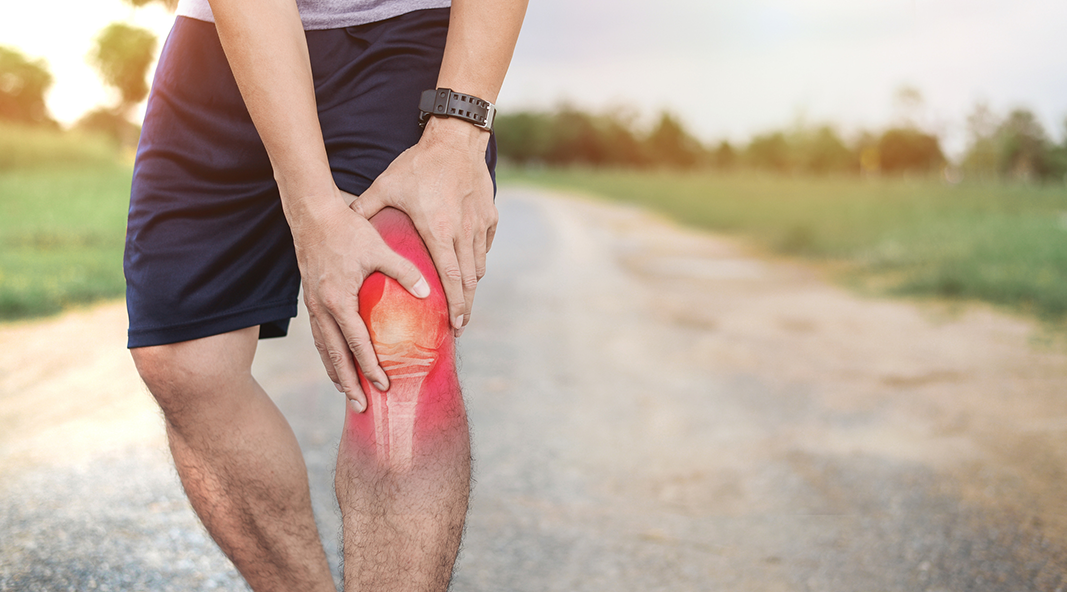
- by Anz
FCL/LCL Knee Injuries
Injury Overview There are four major restraints to the knee joint, including the anterior cruciate ligament (ACL), posterior cruciate ligament (PCL), medial collateral ligament (MCL), and posterior lateral complex (PLC).

- by Anz
Knee Cartilage Injuries
Injury Overview Cartilage is a type of tissue found in the joints of the body. Articular cartilage is a specific type that covers the ends of the bones within a

- by Anz
Patient Forms
If you are a first time patient, please take some time prior to your appointment to download and complete the forms that you will need to have completed prior to
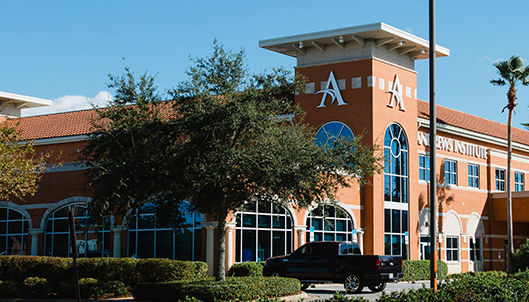
- by Anz
Office Information
Our Office Is Located At: The Andrews Institute 1040 Gulf Breeze Pkwy Suite 203 Gulf Breeze, FL 32561 Phone: 850-916-8476 Office Hours: Monday through Friday: 8am – 5pm We are
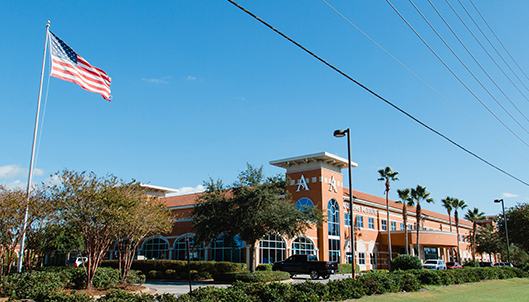
- by Anz
Our Practice
Practice Overview: The orthopedic practice of Dr. Adam Anz is located in Gulf Breeze, Florida at the Andrews Institute. The Andrews Institute is an advanced specialty center treating musculoskeletal and
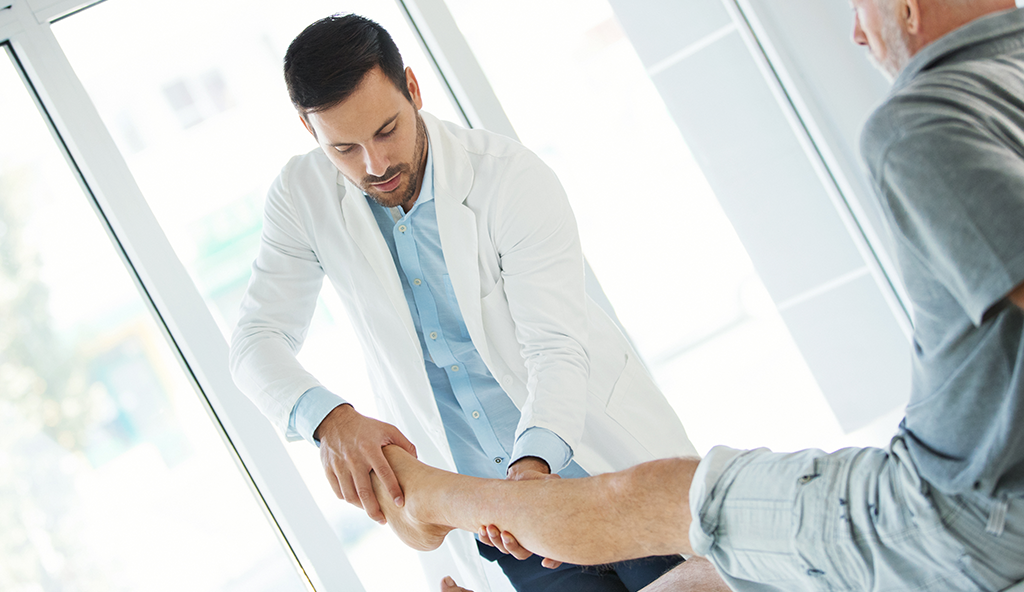
- by adam-anz
Malalignment of the Lower Extremity
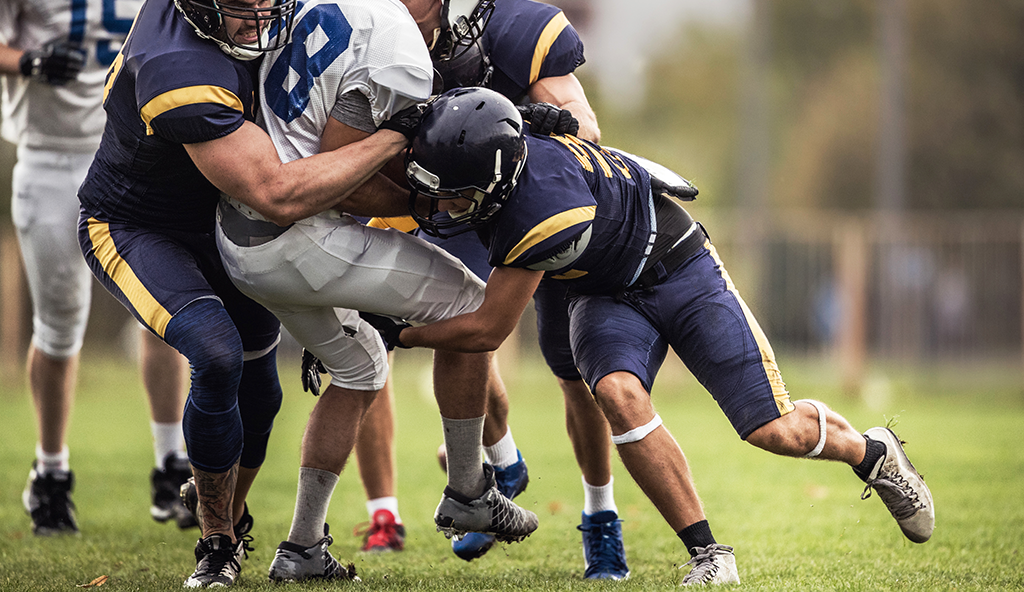
- by adam-anz
MCL Knee Injuries
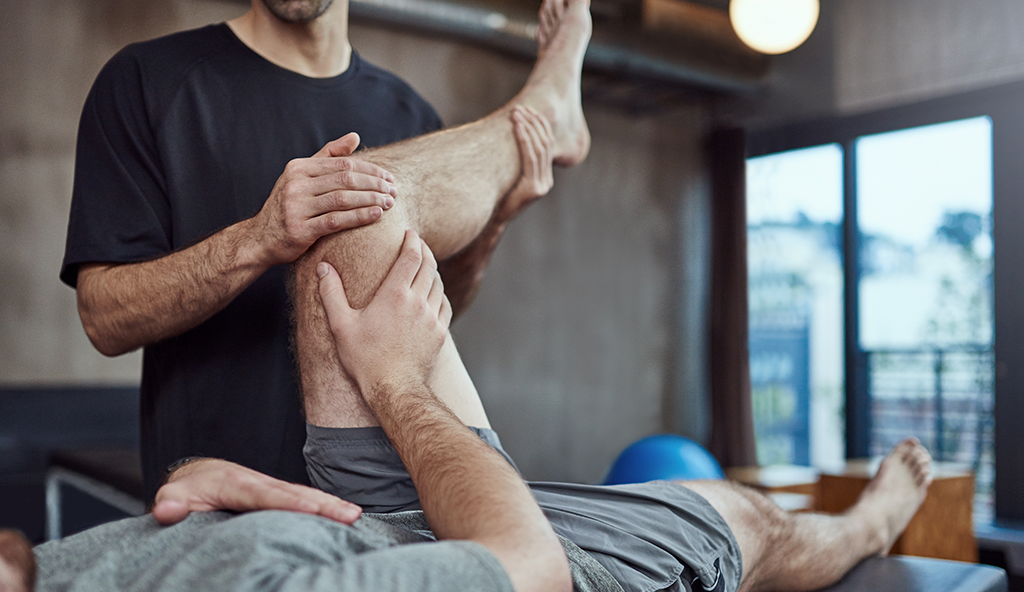
- by adam-anz
ACL Reconstruction
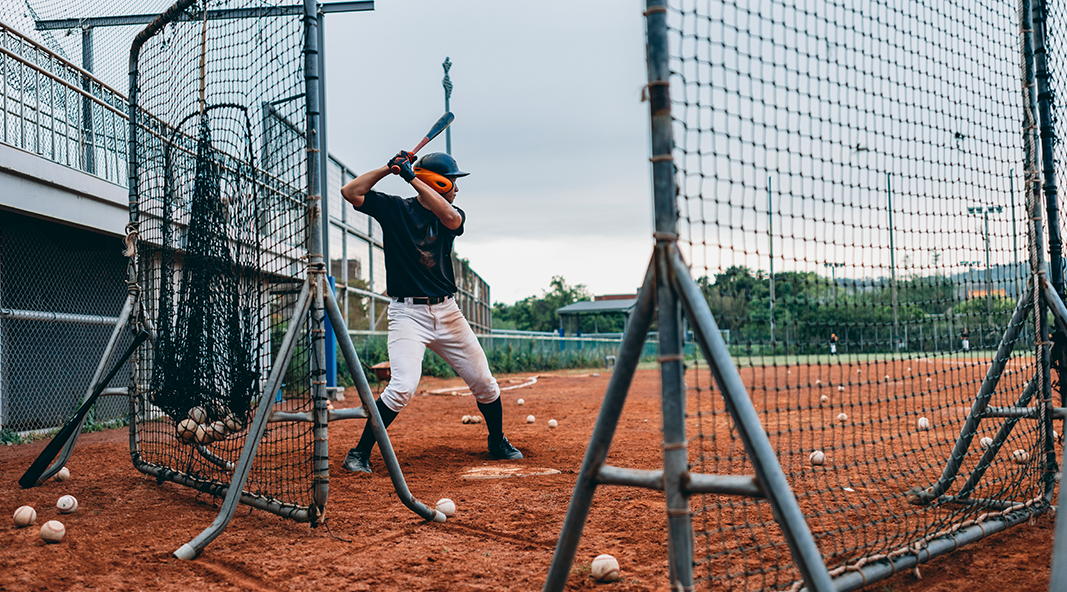
- by adam-anz
Rehabilitation Protocol: Superior Labral (SLAP) Repair Protocol with Biceps Tenodesis
Background & General Considerations Superior Labrum from Anterior to Posterior (SLAP) Tears: At times athletes collect minor injuries to the rotator cuff and/or labrum that progress to unstable structures. Labral
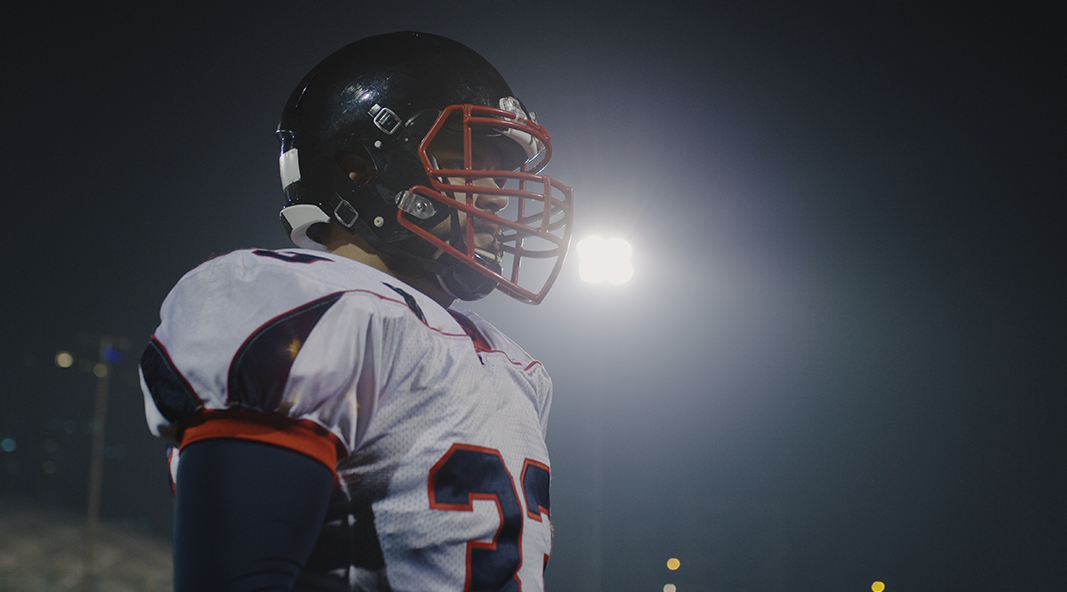
- by adam-anz
Rehabilitation Protocol: Superior Labral (SLAP) Repair Protocol
Background & General Considerations Superior Labrum from Anterior to Posterior (SLAP) Tears: At times athletes collect minor injuries to the rotator cuff and/or labrum that progress to unstable structures. Labral
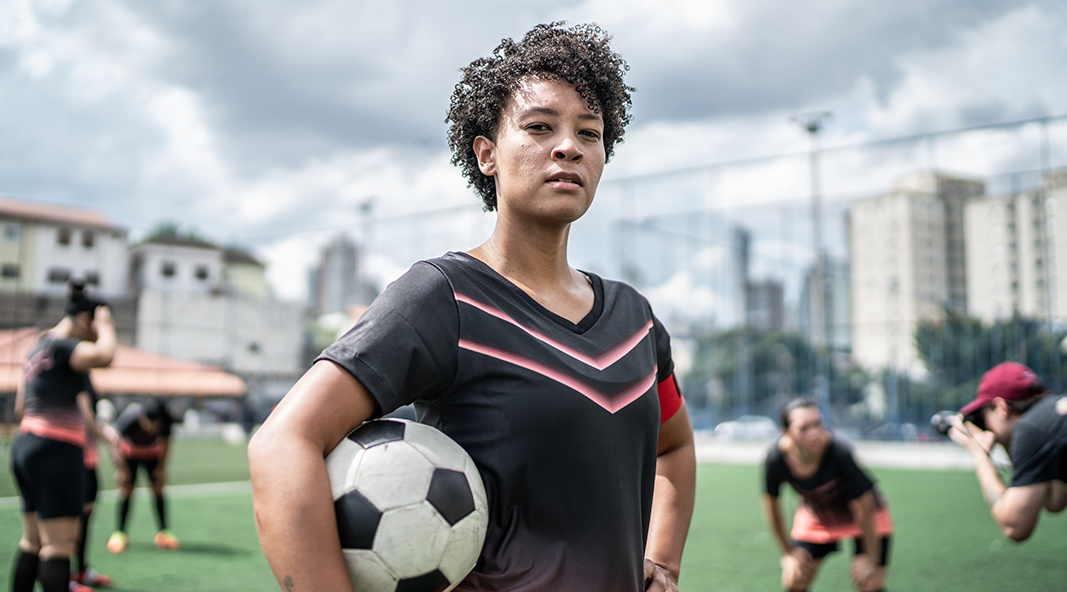
- by adam-anz
Rehabilitation Protocol: Labral/Rotator Cuff Debridement
Background & General Considerations Low-Grade Labral/Rotator Cuff Tears: At times athletes collect minor injuries to the rotator cuff and/or labrum. Fraying of these tissues are also called “low-grade” tears. Smoothing
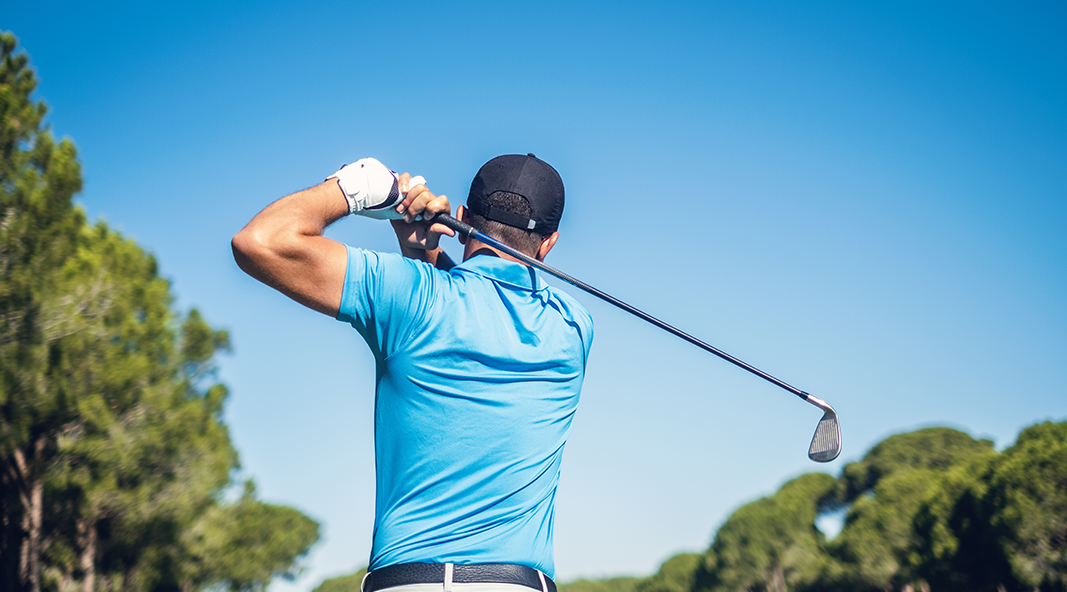
- by adam-anz
Rehabilitation Protocol: Small Rotator Cuff Repair/Debridement
Background & General Considerations Low-Grade/Small Rotator Cuff Tears: At times rotator cuff tissue collects minor injuries or small tears. Fraying of these tissues are also called “low-grade” tears and small
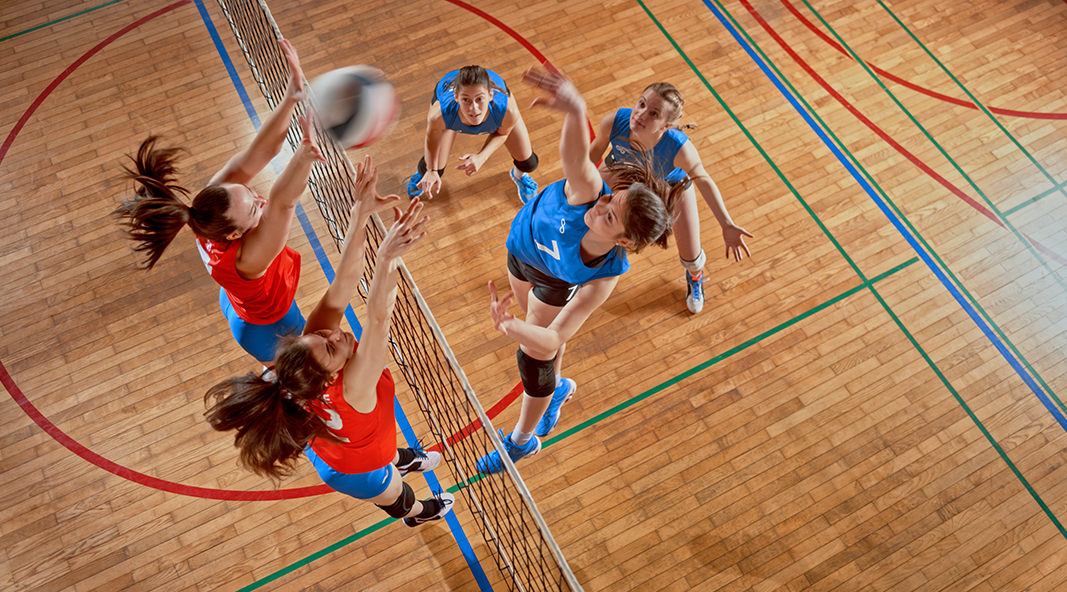
- by adam-anz
Rehabilitation Protocol: 360 Degree Tears – Arthroscopic Anterior, Posterior, and Superior Labral Repair
Background & General Considerations Anterior-Inferior and Posterior-Inferior Labral Tears: With a first-time severe dislocation of the shoulder or chronic shoulder instability in multiple directions can create “360 degree” complete tears
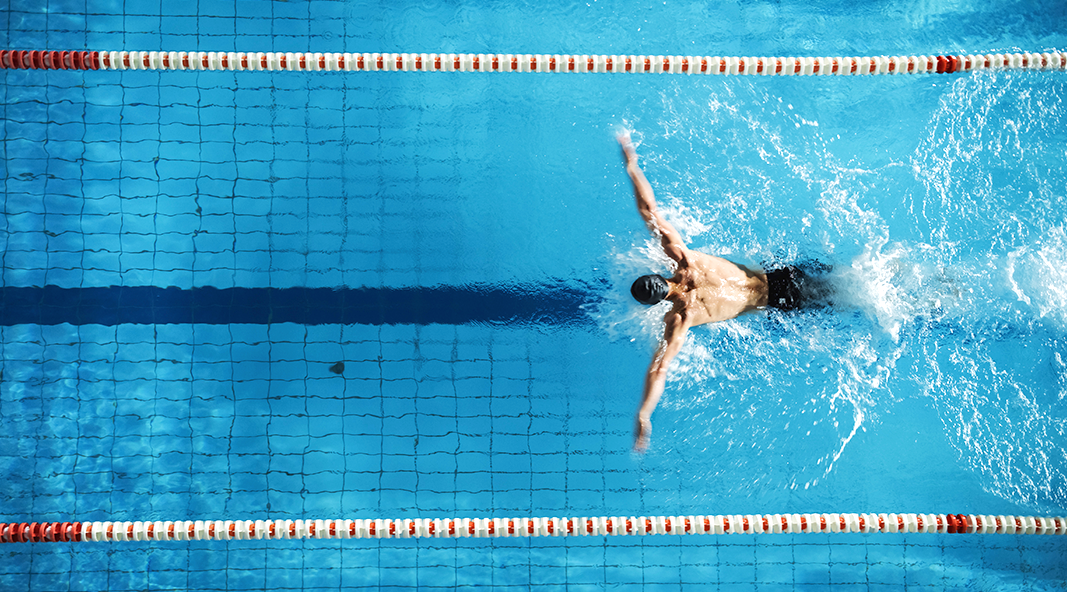
- by adam-anz
Rehabilitation Protocol: 270 Degree Tears Arthroscopic Anterior-Inferior and Complete Posterior Labral Repair
Background & General Considerations Anterior-Inferior and Posterior-Inferior Labral Tears: With a first-time dislocation of the shoulder, the anterior inferior labrum is torn, often called a “Bankart Lesion”. If this shoulder
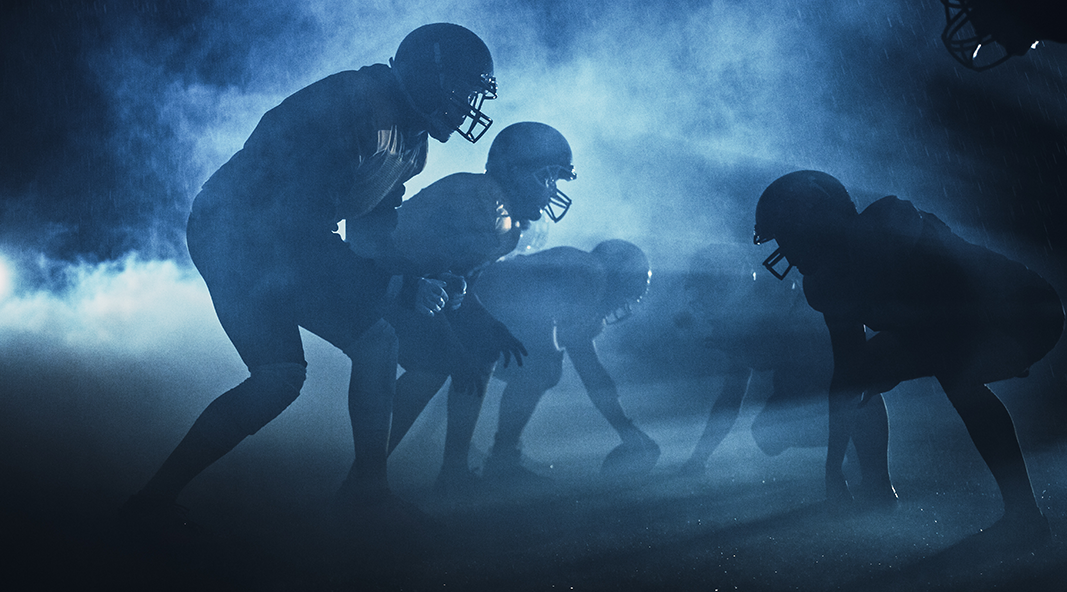
- by adam-anz
Rehabilitation Protocol: Massive Rotator Cuff Repair
General Considerations Background and General Considerations: Massive Rotator Cuff Tears/Maturation Time: Massive rotator cuff tears are defined as rotator cuff tears with over two of the four rotator cuff tendons
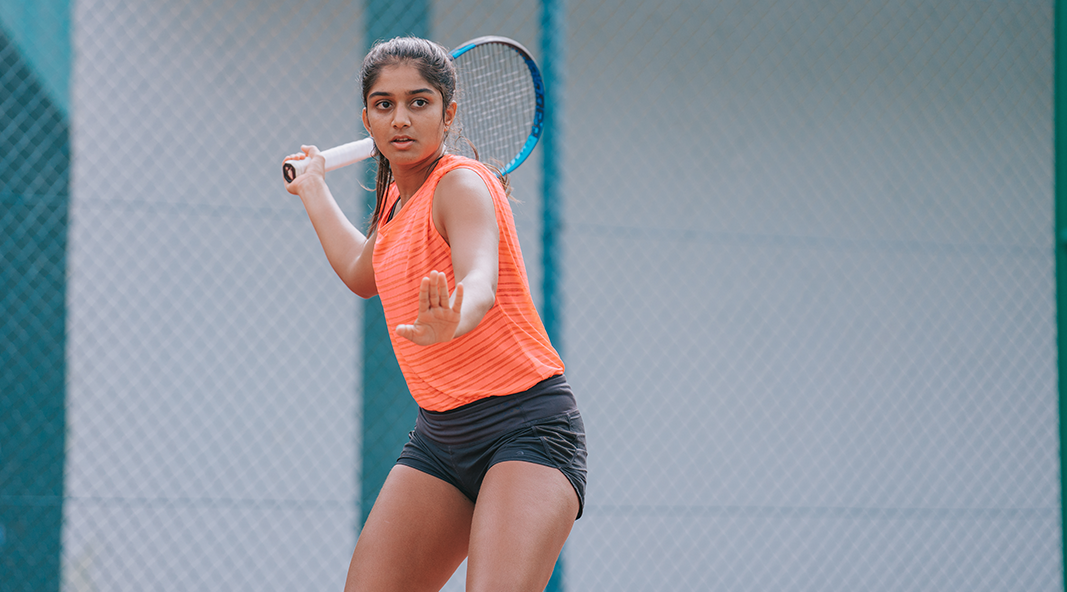
- by adam-anz
Rehabilitation Protocol: Large Rotator Cuff Repair
Background & General Considerations Large Rotator Cuff Tears/Maturation Time: Large rotator cuff repairs require a significant amount of protection. Tendon-to-bone healing starts to get competent at 6 weeks but likely

- by adam-anz
ACL Surgery Pace, FL
ACL Surgery in Pace, Florida. Considerations: Dr. Anz cares for a wide range of world-class athletes, patients, and executives from across the Gulf Coast, including Pace, Florida, daily. Dr. Adam
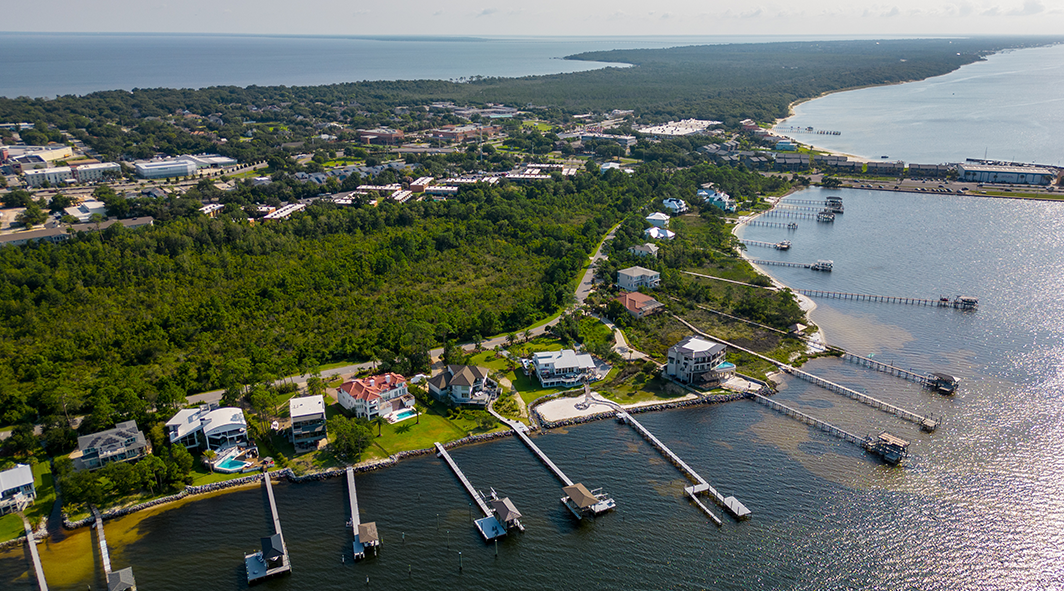
- by adam-anz
ACL Surgery Gulf Breeze, FL
ACL Surgery in Gulf Breeze, Florida. Considerations: Dr. Anz cares for a wide range of world-class athletes, patients, and executives from across the Gulf Coast, including Gulf Breeze, Florida, every
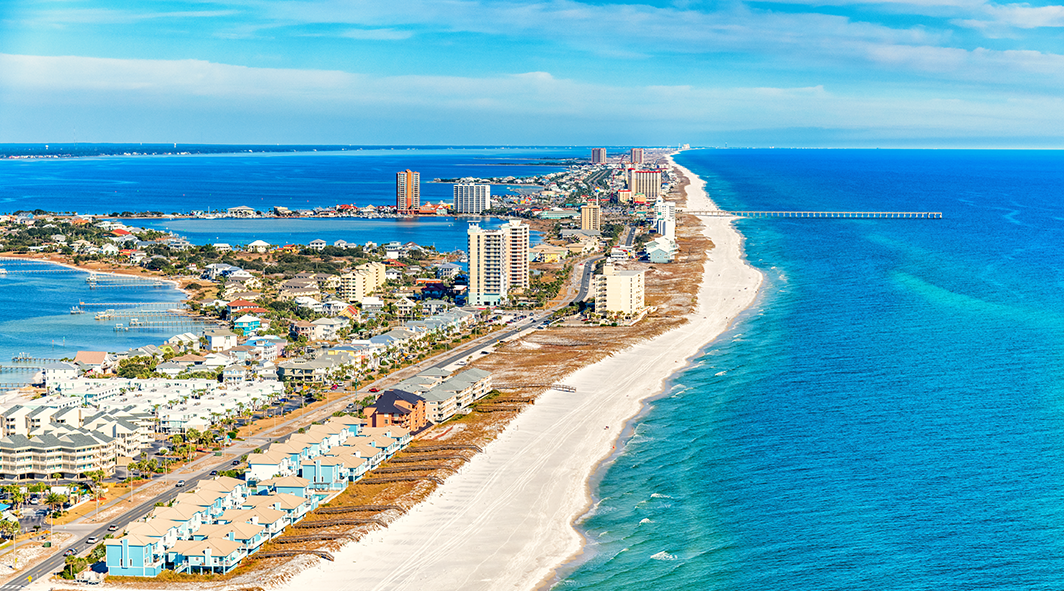
- by adam-anz
ACL Surgery Pensacola, Florida
ACL Surgery in Pensacola Florida. Considerations: Dr. Anz cares for a wide range of world-class athletes, patients, and executives from across the Gulf Coast, including Pensacola, Florida, every day. Dr.
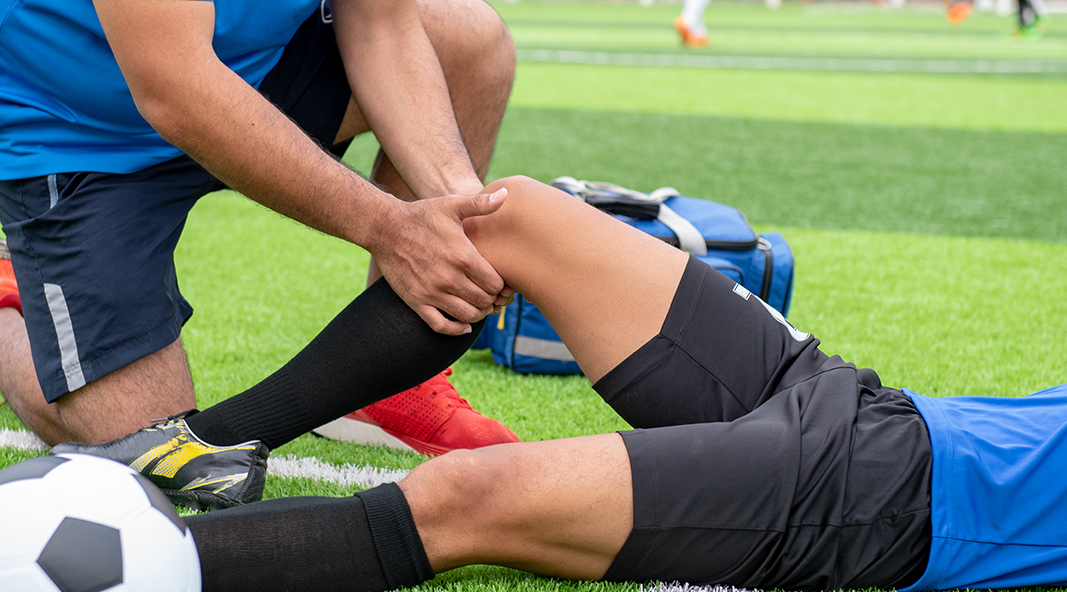
- by adam-anz
Rehabilitation Protocol Overview: Minor Meniscus Repair
General Considerations Meniscus Repair Considerations: Flexion over 90 degrees loads the back of the meniscus, which is the area where tears most often occur. For this reason, flexion is controlled
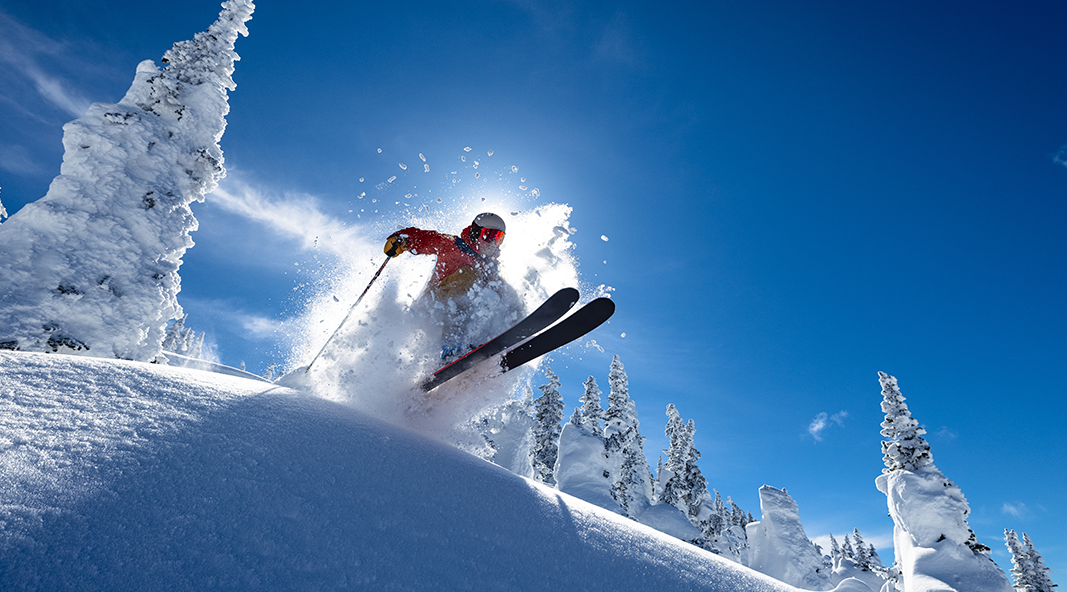
- by adam-anz
Rehabilitation Protocol Overview: Major Meniscus Repair
General Considerations Meniscus Repair Considerations: Flexion over 90 degrees loads the back of themeniscus, which is the area where tears most often occur. For this reason, flexion is controlled after
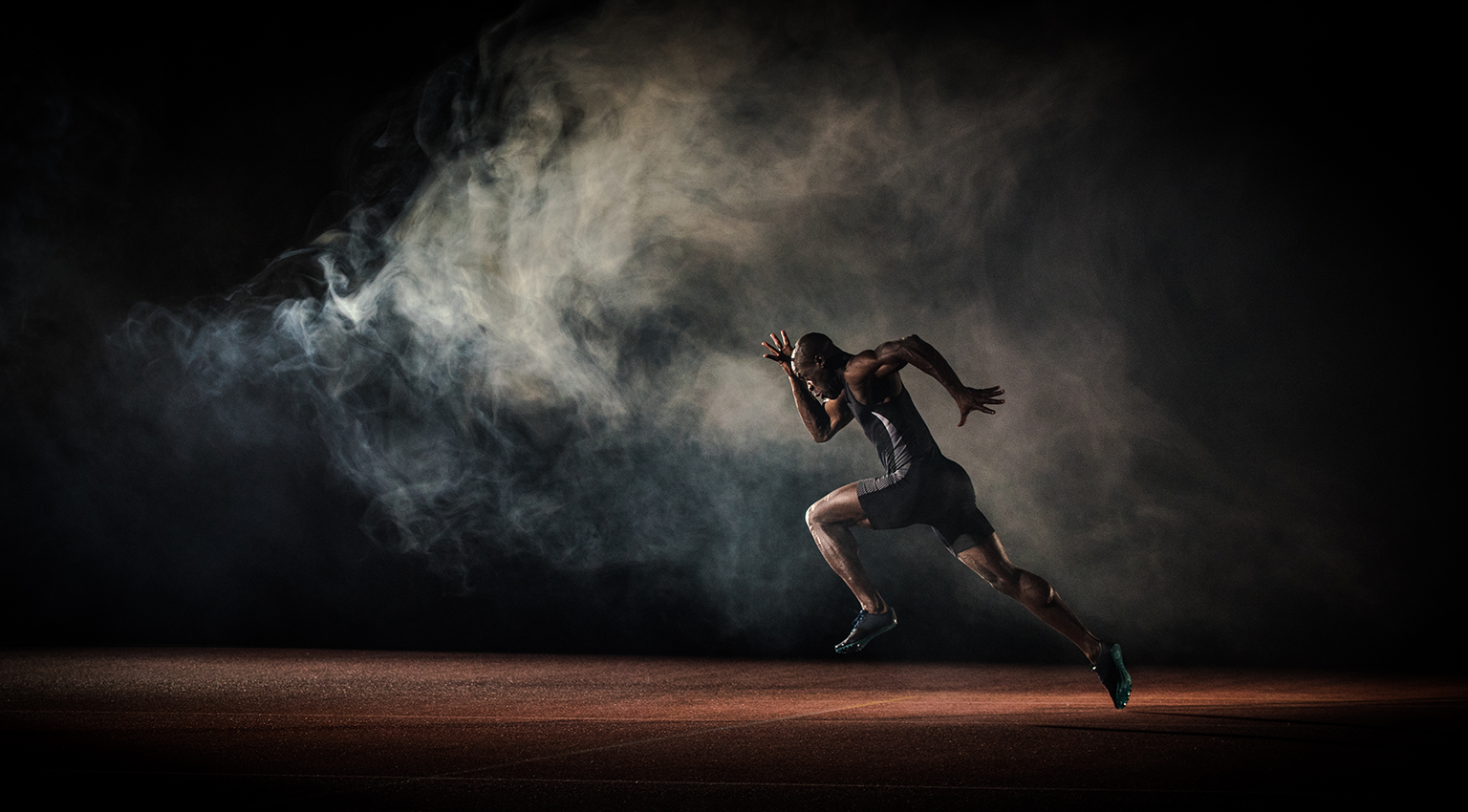
- by adam-anz
Rehabilitation Protocol Overview: Isolated ACL Reconstruction with No Meniscus Repair
General Considerations BRACE: The brace should be worn at all times for the first week, except to bathe and during physical therapy. After the first week, the brace should be
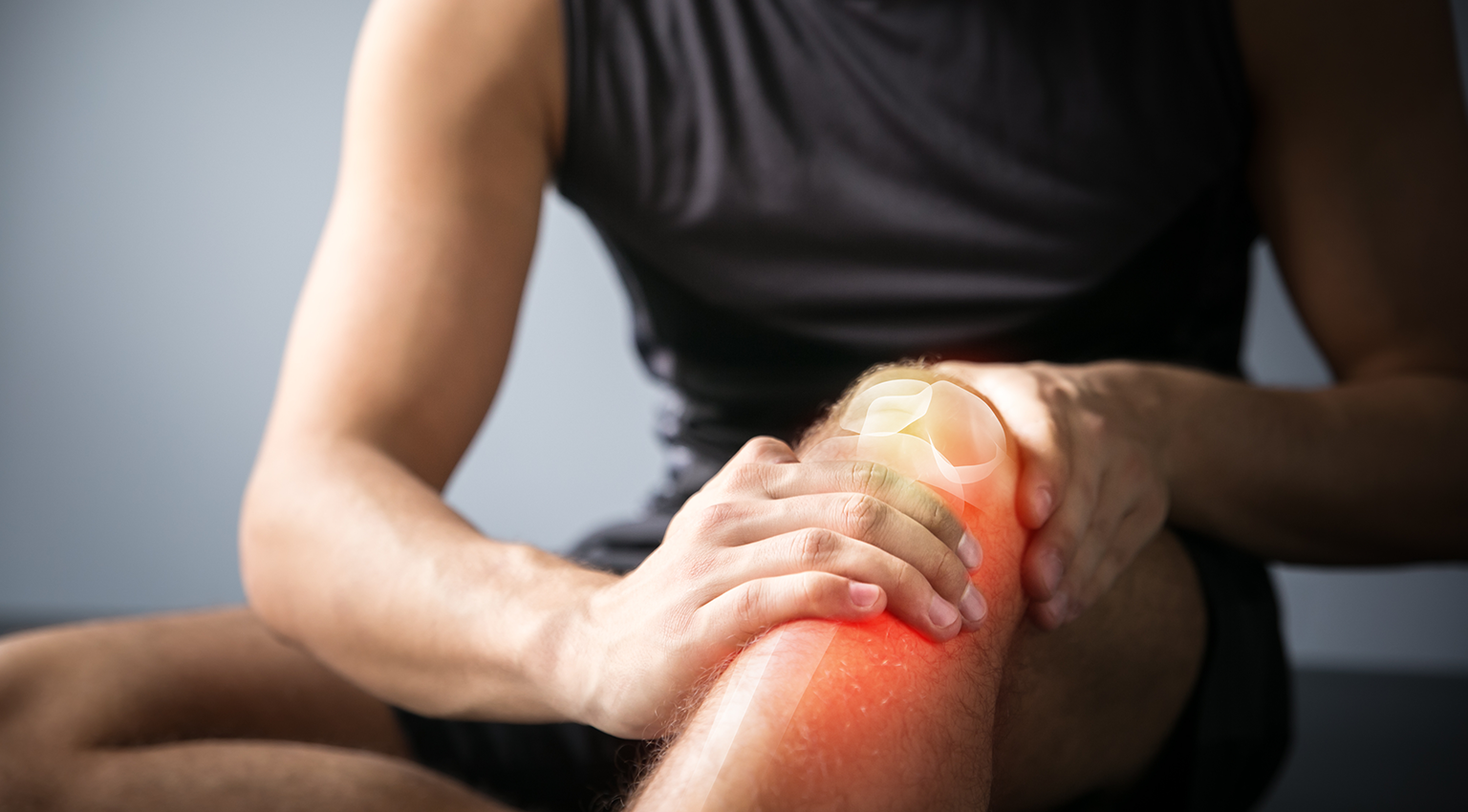
- by adam-anz
Rehabilitation Protocol Overview: ACL Reconstruction with Major Meniscus Repair
General Considerations Meniscus Repair Considerations: Flexion over 90 degrees loads the back of the meniscus, which is the area where tears occur during ACL injury events. For this reason, flexion
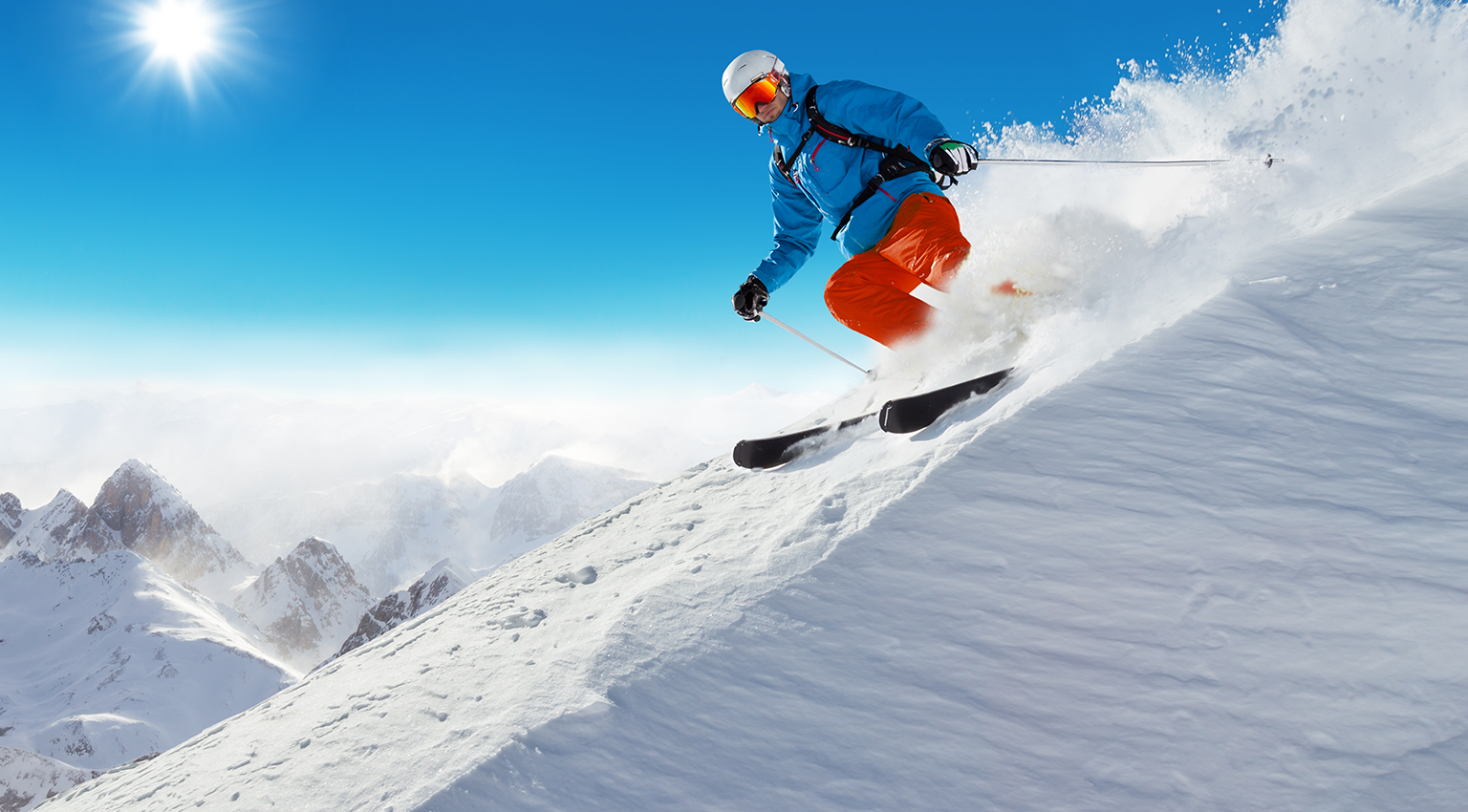
- by adam-anz
Rehabilitation Protocol Overview: ACL Reconstruction with Minor Meniscus Repair
General Considerations: Meniscus Repair Considerations:Flexion over 90 degrees loads the back of the meniscus, which is the area where tears occur during ACL injury events. For this reason, flexion is

- by adam-anz
Isolated ACL Reconstruction: Bone-Tendon-Bone AutoGraft // Post Op Procedure
General Guidelines // Precautions-Wear brace / immobilizer at all times except during bathing and physical therapy for the first 2 weeks. Keep brace locked in extension while the block is

- by Anz
When Is An Athlete Ready For Contact Sports After ACL Surgery?
Returning to Sport Following ACL Reconstruction After ACL reconstruction1, the most common question is also the most difficult to answer: “When will I be ready to go back to ___?”

- by adam-anz
Biologics in Rotator Cuff, Meniscus, Cartilage and Osteoarthritis Article
The article entitled “Application of biologics in the treatment of the rotator cuff, meniscus, cartilage, and osteoarthritis” reviewed the current status of the use of platelet-rich plasma, bone marrow aspirate,

- by Anz
ACL Knee Injuries
Injury Overview ACL knee injuries are among the most common injuries for athletes. The ACL (anterior cruciate ligament) is one of four ligaments that make up the knee joint and

- by Anz
The Biology of ACL Healing: The Wild Card of Recovery
Ligamentization – The Wild Card After an ACL injury1, reconstruction of the ligament is often a recommended treatment. One of the most critical steps in ACL reconstruction2 is grafting a

- by Anz
Save the Menisci: Meniscal Root Tears
Background & General Considerations The menisci are c-shaped, rubber-like cartilage discs that reside inside the knee joint. There are two menisci in every knee, one on the inner side (medial
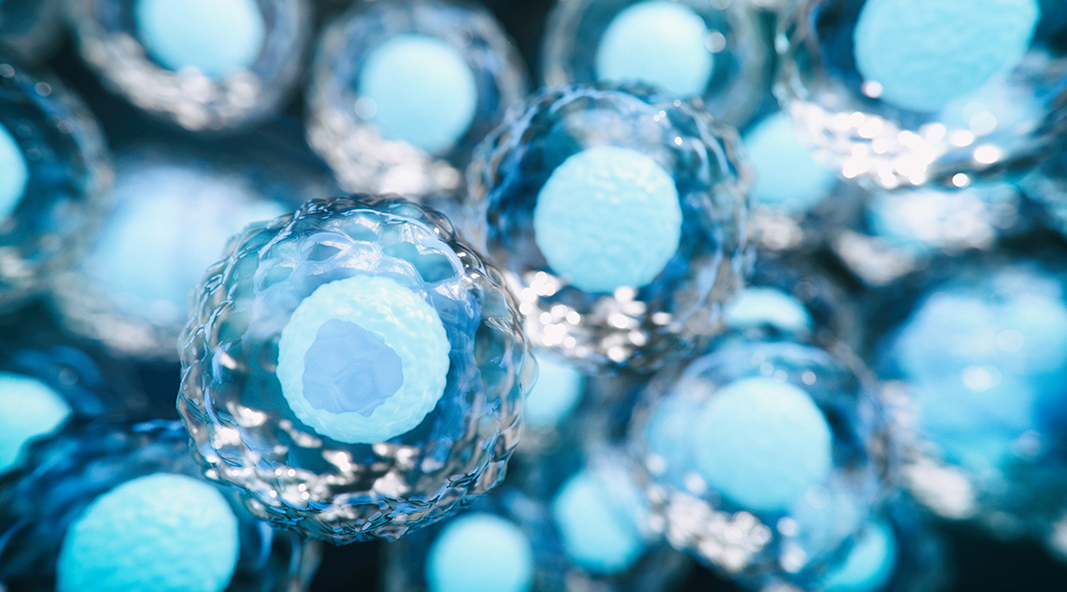
- by Anz
5 Things to Know About Stem Cell Use for Cartilage Regeneration
Thanks to Angie Stewart of Becker’s Spine Review for promoting “5 things to know about stem cell use for cartilage regeneration!” Click here to see the article
<div class="wpulike wpulike-default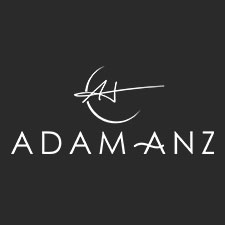
- by Anz
Directions & Parking Information
Our office is located at: The Andrews Institute 1040 Gulf Breeze Pkwy Suite 203 Gulf Breeze, FL 32561 Phone: 850-916-8476 FAX: 850-916-8764 [wpgmza id=”1″] From the North Travel South

- by Anz
Biceps Anatomy Study
Thank you to Eric Branch for his help with our recent study on the biceps femoris. It was published last month in the Orthopaedic Journal of Sports Medicine. This tendon

- by Anz
Scientific Presentation in Lyon, France
Dr. Anz presented his research on meniscus repairs at this years International Society of Arthroscopy, Knee Surgery, and Orthopaedic Sports Medicine in Lyon, France. The study evaluated a new method


